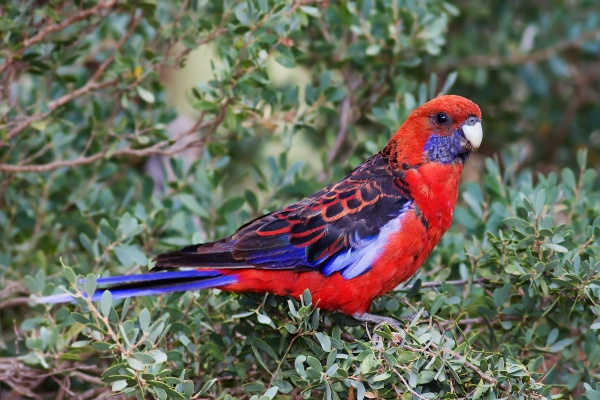Facts About Rosella
Rosellas are vibrant and colorful parrots native to Australia and adjacent islands. These striking birds belong to the genus Platycercus, which comprises six species and several subspecies. The term Platycercus means "broad-tailed" or "flat-tailed" aptly describing these parrots among others in their tribe. Rosellas primarily feast on seeds and fruits.
The history of rosellas begins with the naturalist Nicholas Aylward Vigors, who classified them in 1825. There has been some debate regarding their closest relatives, with some experts suggesting the Australian ringneck and others proposing the genus Psephotus. European settlers first encountered these parrots in New South Wales and named them "rosella." The genus Platycercus was defined based on their distinctive feather traits.
Rosella species are categorized into three main groups based on their plumage: blue-cheeked, white-cheeked, and yellow-cheeked. Various studies have investigated the genetic relationships among different species and subspecies, providing insights into their evolutionary history.
These medium-sized parrots are known for their distinctive cheek patches. They range between 26 to 37 cm in length and have long tails. Rosellas inhabit forests, woodlands, farmlands, and suburban areas in Australia and nearby regions, but they avoid the outback. They nest in cavities and have straightforward courtship displays.
In the avian pet world, rosellas are quite popular thanks to their vibrant plumage. They can live for over 20 years and are relatively easy to breed. In captivity, their diet includes seeds, fruits, and vegetables. However, some rosella species can exhibit aggressive behavior, so they are often housed separately from other birds.
References:
- Forshaw, Joseph M. (2006). *Parrots of the World; an Identification Guide*.
- Lendon, Alan H. (1973). *Australian Parrots in Field and Aviary*.
